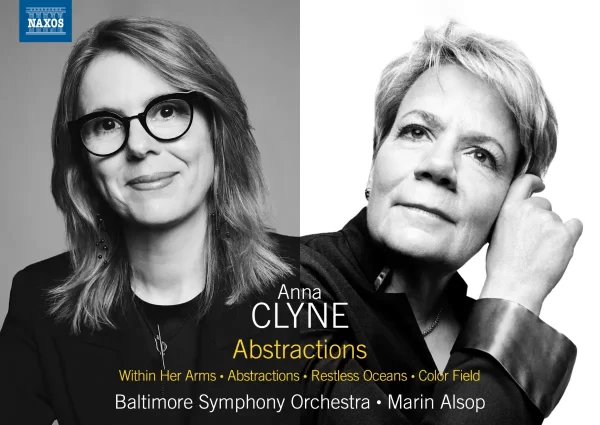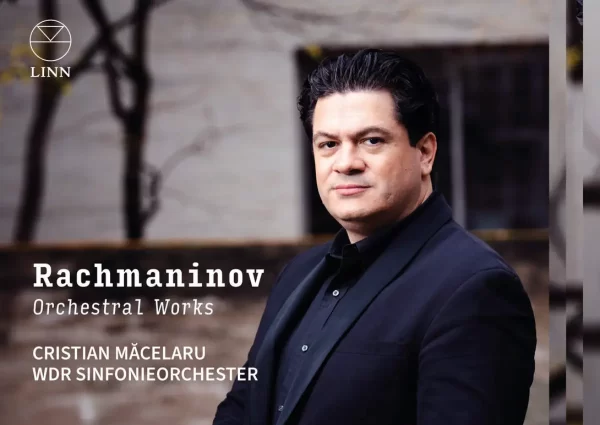Last updated: December 18, 2024.
Frédéric Chopin (1810-1849), one of the best-loved classical music composers, wrote almost exclusively for the piano, with the other compositions also include the instrument.
A native of Poland, he spent all of his adulthood in Paris, where his musical saloons became legendary for their gathering of many of the leading musical figures of the time.
Chopin gave a very small number of public performances during his lifetime, partly due to ill health, partly due to anxiety, but also because of his “airy”, delicate playing, which better suited smaller venues. Chopin the composer and teacher, on the other hand, revolutionized the approach of playing the piano as an expressive instrument, with colors and technique not used before by other great keyboard composers.
Frantz Liszt, a friend and an admirer of the composer’s, once mentioned that Chopin “…revealed a new phase of poetic sentiment combined with such happy innovation in the form of his art”.
Here’s the revised paragraph with proper capitalization for the works:
Chopin felt most comfortable working within free-form musical structures, and he excelled in relatively short, concise pieces such as Preludes, Mazurkas, and other compositions mentioned below. Even in his longer works, the music is less strictly “organized” and less bound by the rigid musicological rules that many composers before and after him followed. This, along with other factors, makes him one of the most prominent figures of the Romantic era in classical music.
Nocturnes
Chopin borrowed the “Nocturne” title from the Irish composer John Field (1782-1837), who composed many free-form, easy-going piano music under this title. Most of the nocturnes are on the long side (in Chopin terms, that is), allowing him to explore some ideas associated with night, perhaps nightmarish atmosphere. There are 21 nocturnes by the composer, the last two were not intended for publication and were released to the public after the composer’s death. The most famous nocturnes are No. 2, 8, 13 & 20.
Maria João Pires gives a performance of volcanic intensity, with some French saloon pianism not so common in recent years, but which in her hands sounds completely authentic and appropriate.

Preludes
Chopin adored Bach, and often recommended to his students to learn parts of Bach’s “Well-Tempered Klavier”. While Bach wrote his two volumes with prelude and fugue in each key, in a chromatic order, Chopin left us with the preludes only, and changed the order of tonality so that each major key prelude is followed by its harmonic minor paralleled key. This makes the preludes a much more tight, circular cycle, even from a psychological standpoint. It’s not completely clear that Chopin wanted the cycle to be played in full, rather than looking at each prelude as a separate unit. For that reason, it’s a difficult endeavor for pianists, and some of the most celebrated artists in history gave it their best, and there have been some remarkably convincing performances of the whole 24 preludes.
Alfred Cortot performance is a must-have recording for any Chopin lover, or a piano lover for that matter, but the very old recording can be a deterrent. Eric Lu newer version is one of the best in the catalog, an exemplary performance and recording of this still difficult-to-pull-off cycle.
Chopin – Preludes – Cortot

Chopin – Preludes – Eric Lu

Piano Concertos
Chopin composed the two Piano Concertos in his late teens, with the concerto now referred to as No. 2 coming first under his pen. These are charming pieces, less of a proper piano concerto where the orchestra is in an equal partner, and more of a showpiece for the pianist with a background accompanying ensemble. And indeed, many conductors and arrangers have tried to improve Chopin’s somewhat awkward orchestration (the latest by the pianist-conductor Mikhail Pletnev for pianist Daniil Trifonov). The middle movements of these concertos are very touching, maybe the highlight of the two pieces, and the final movements are dance-like, energetic endings. It may not be the best of what we know Chopin later produced, but these are still captivating, sometimes moving pieces which are very enjoyable.
Pianist Krystian Zimerman and conductor Carlo Maria Giulini (LA Philharmonic) make a perfect example of great artists who elevate the pieces to the utmost level; Their coupling of the two concertos has rarely been surpassed since it was first released (1980) and still sounds terrific.

Scherzos
Chopin saved some of his most virtuosic elements to the Scherzos (“Jokes” in Italian). There are almost no comical elements in this form as Chopin grasp it compared to other composers (perhaps saved for the opening of the second scherzo), but a listener can’t deny the sheer pianistic command these pieces require. Along with the Ballads, they occupy a respectful place in the piano repertoire as a peek of composing for the instrument. Chopin produced 4 Scherzos during his lifetime, and on record they are usually accompanied by other pieces.
Ivo Pogorelich refused to add any other pieces to his demonic Scherzos cycle for Deutsche Grammophon (1998), but the short album is so impressive, there seems to be no need for additional content. It’s one of the pianist’s most outstanding accomplishments.

Ballades
Like the Scherzos, Chopin’s Ballads are among his most technically challenging and lengthy works. The character, however, is somewhat different and have a more fantastical character. The four Ballads are very distinct from each other, with the First and Fourth being the most famous. It is however very rewarding to listening through to the entire cycle, as all of the Ballads are compositions in the highest order.
Murray Perahia’s account of the four Chopin’s Ballads, along with some shorter pieces, remains at the top of the list of performances, along with a state of the art recording quality.

Waltzes
Chopin saved some of his most brilliant and sparkling writing for the Waltzes. This 3/4 rhythm, so popular as a bawl dance in the 19th century, was a big “Hit” in the music saloons of the day, awarding Chopin with huge success as composer and performer. 13 “official” waltzes with opus numbers survived, but about a dozen more exist, some with dubious authenticity.
Idil Biret’s performance of the complete cycle is magical, and also includes unpublished waltzes from Chopin’s youth.

Mazurkas
For Chopin, the Mazurka represented home – Poland. This tippled-rhythm ancient polish dance invoked in Chopin his deepest, most reflective memories, all channeled to his music. Like many of Chopin’s dance-inspired pieces, the original rhythm is often represented as an homage, rather than a direct quote. All of Chopin’s mazurkas are written in a short A-B-A form, with the middle section (B) usually representing a more “earthy” dance atmosphere. Published in groups with opus numbers, the best Mazurkas to start with as a beginner Chopin listener are the 9 pieces in opuses 56, 59 & 63. These represent the highest level in the form and are well represented on record.
The Polish pianist Arthur Rubinstein was the first ever to record the complete cycle of mazurkas, but his third and last attempt of the mazurkas for RCA (1965) remains his best and is still highly recommended. Often included in Chopin collections recorded by Rubinstein in the 1960s.

Polonaises
The Polonaise, like the Mazurka, is another dance with Polish origins, and in Chopin’s art, it relates to uplifting, energetic and proud pieces, both rhythmically and artistically.
Chopin wrote a good many Polonaises throughout his lifetime, but only 7 were officially published with his blessing. The most famous polonaises are the 3rd (also known as the “military”), and the 6th (“Heroic”). The 7th Polonaise is unique, opening up with a long introduction and includes some intricate motivic developments, which makes it one of Chopin’s most celebrated works, musicologically speaking.
Vladimir Ashkenazy’s take on the complete Polonaises (including the unpublished ones) are masterfully executed and recorded, and indeed the “Double Decca” album is one of the highlights from his complete Chopin series for the British label.

Sonata No. 2 (“Funeral March”)
Chopin was less comfortable with the long sonata form, and he only created 4 such compositions during his lifetime – 3 solo Piano Sonatas and one Cello Sonata. From all of this output, the Second Sonata is the best known, especially due to its slow, “funeral march” movement. The final movement, which asks the performer to play the same identical melodic line on both hands extremely fast, is considered one of the most difficult technically of all of Chopin’s pieces.
The Second Sonata is very often coupled on record with the also very-fine Third Piano Sonata, and Leif Ove Andsnes’ wonderful album also includes the youthful and lesser-known First Sonata.

Bonus: “Fantasie-Impromptu”
The Fantasie-Impromptu was another composition which wasn’t intended for publication, but gain popularity after the composer’s death. Yundi Li, a winner of the 2000 Chopin Competition in Warsaw, gives a most beautiful and convincing performance of this much-loved piece.
Top image: ©️ The Classic Review (AI generated)


















